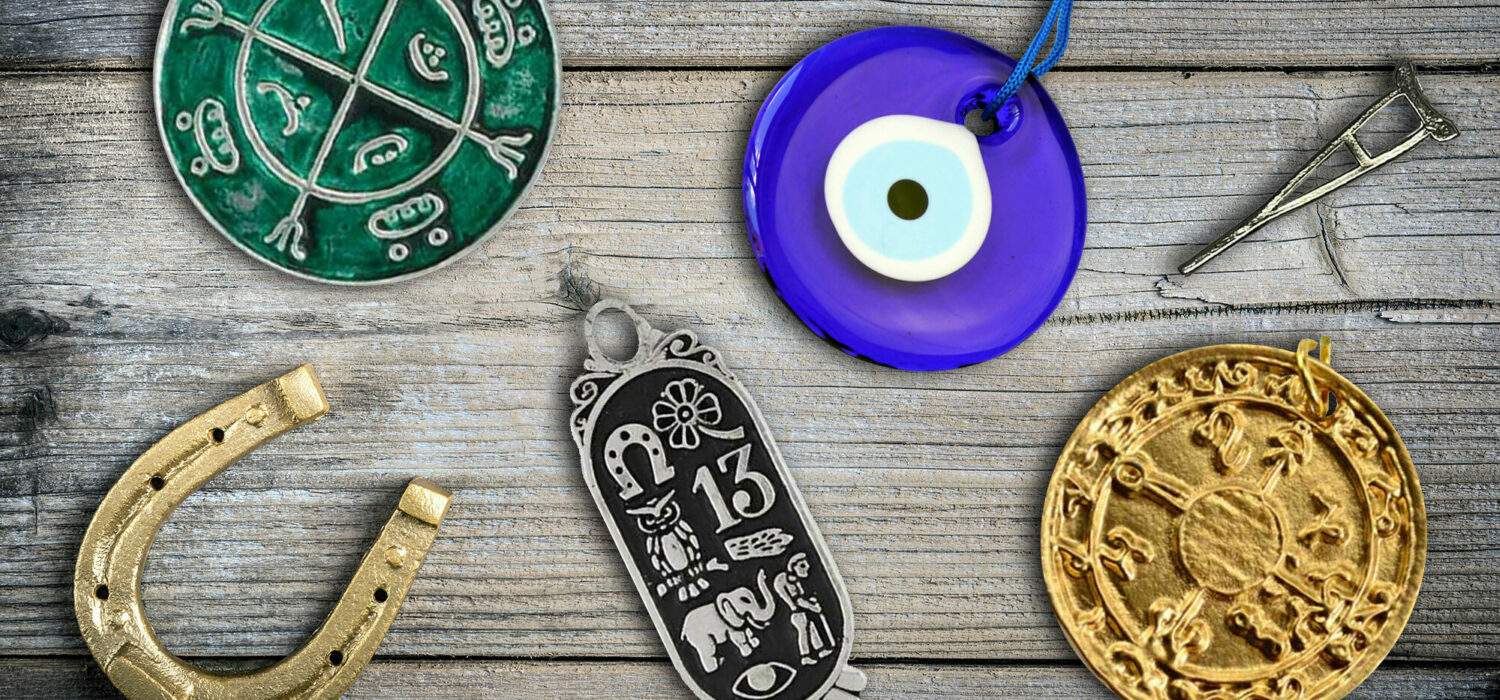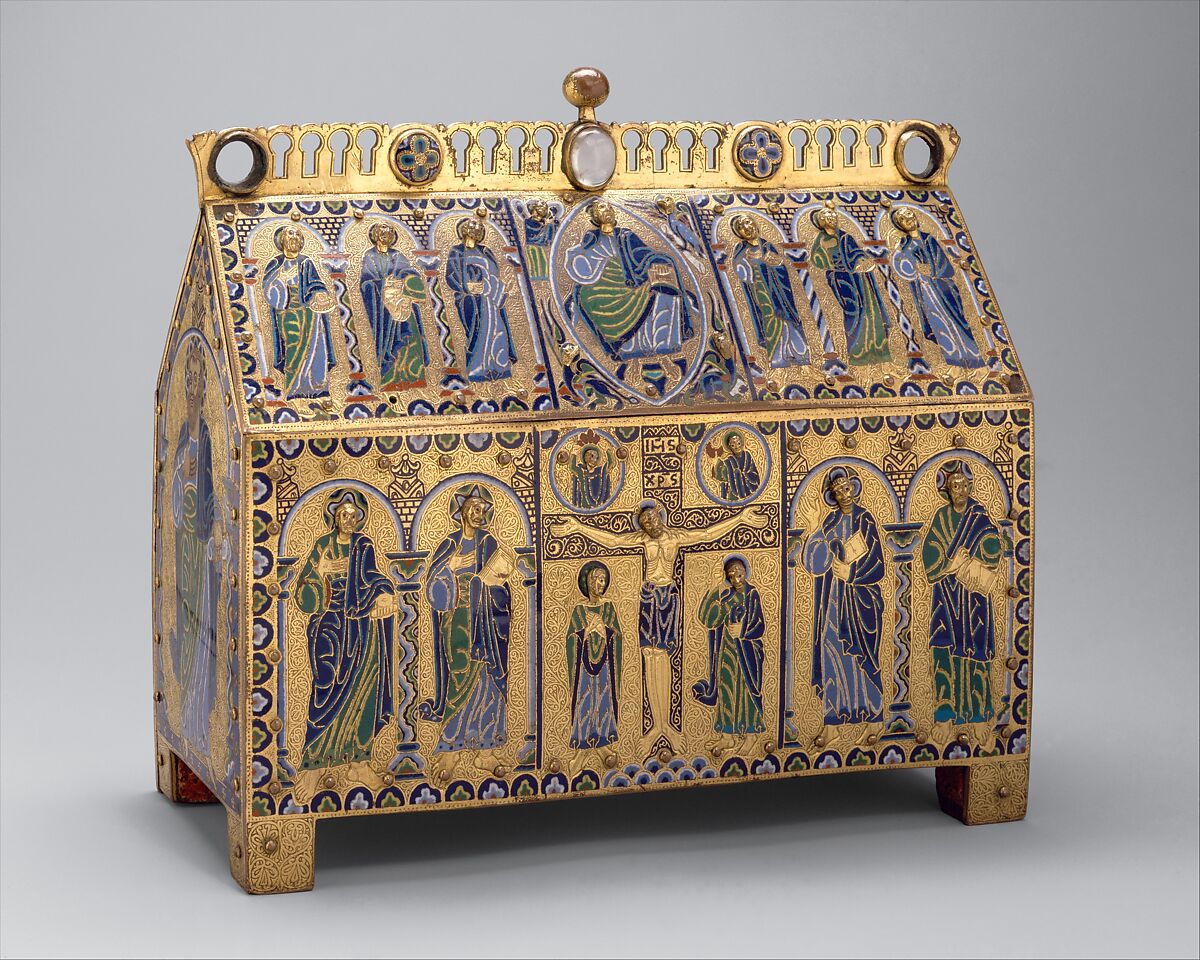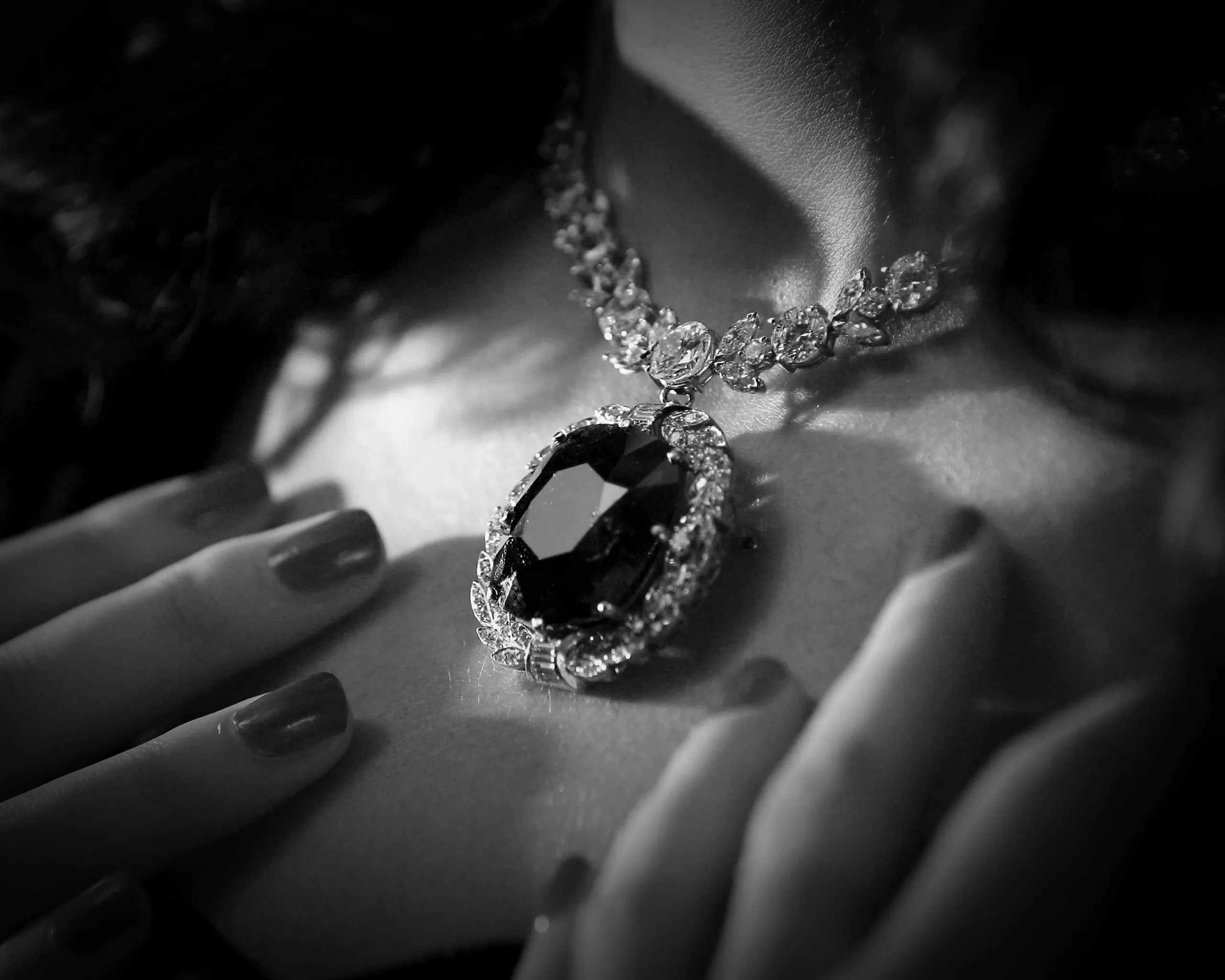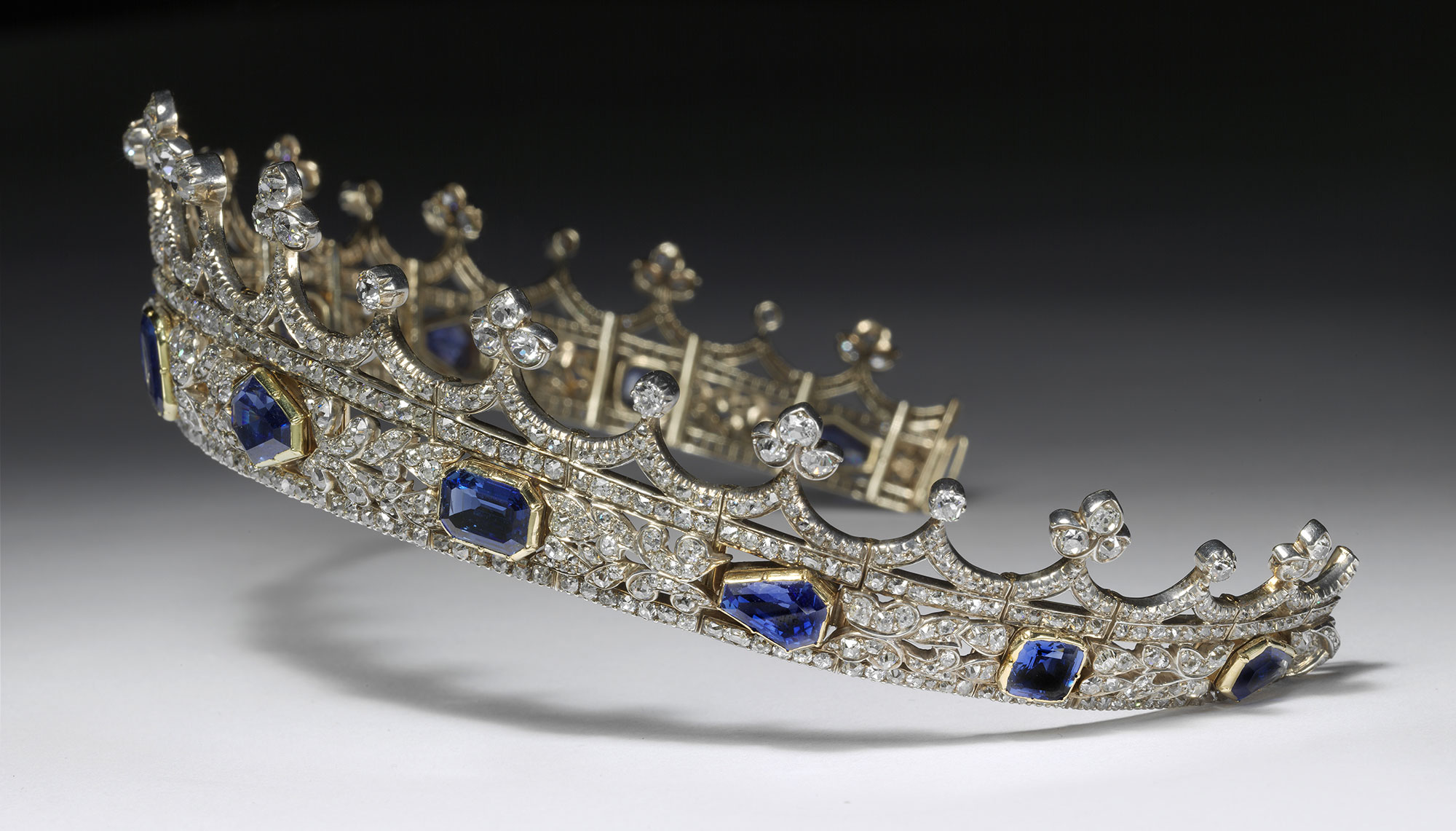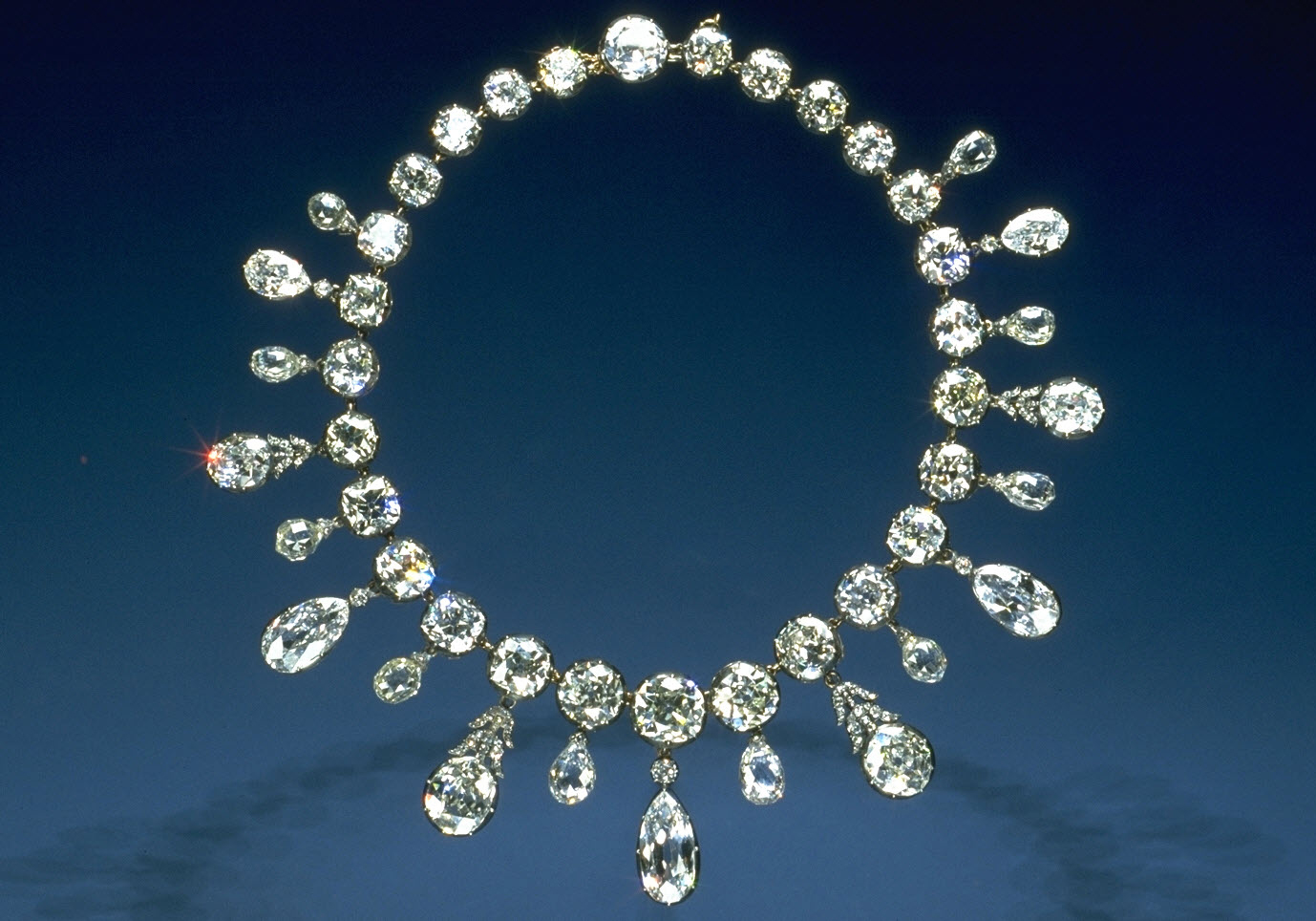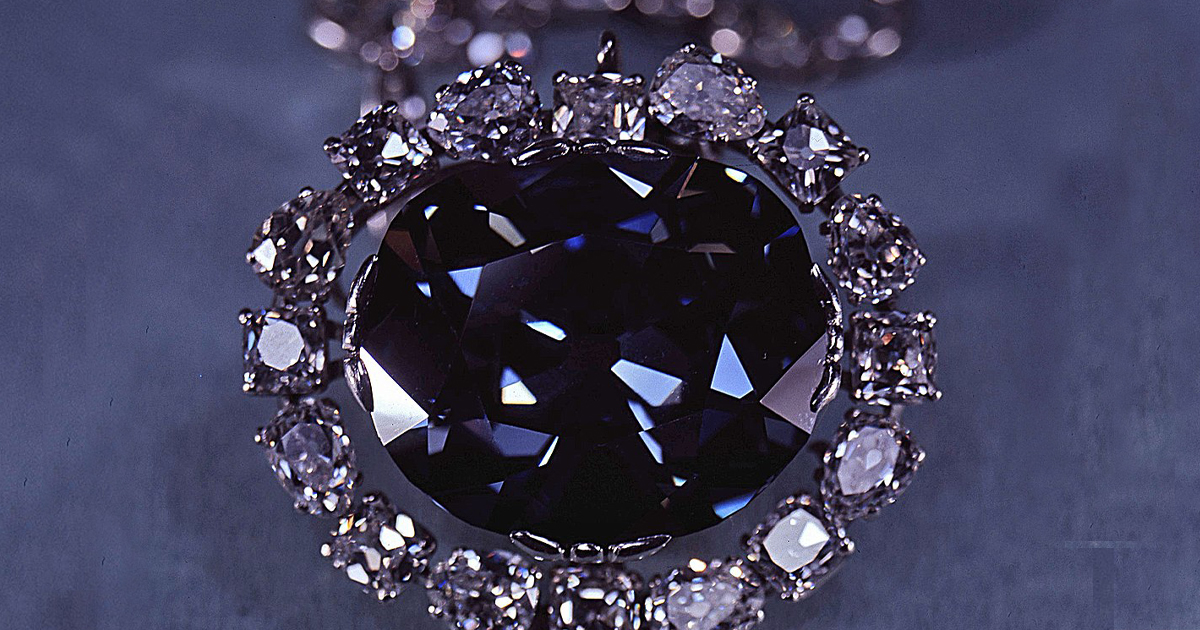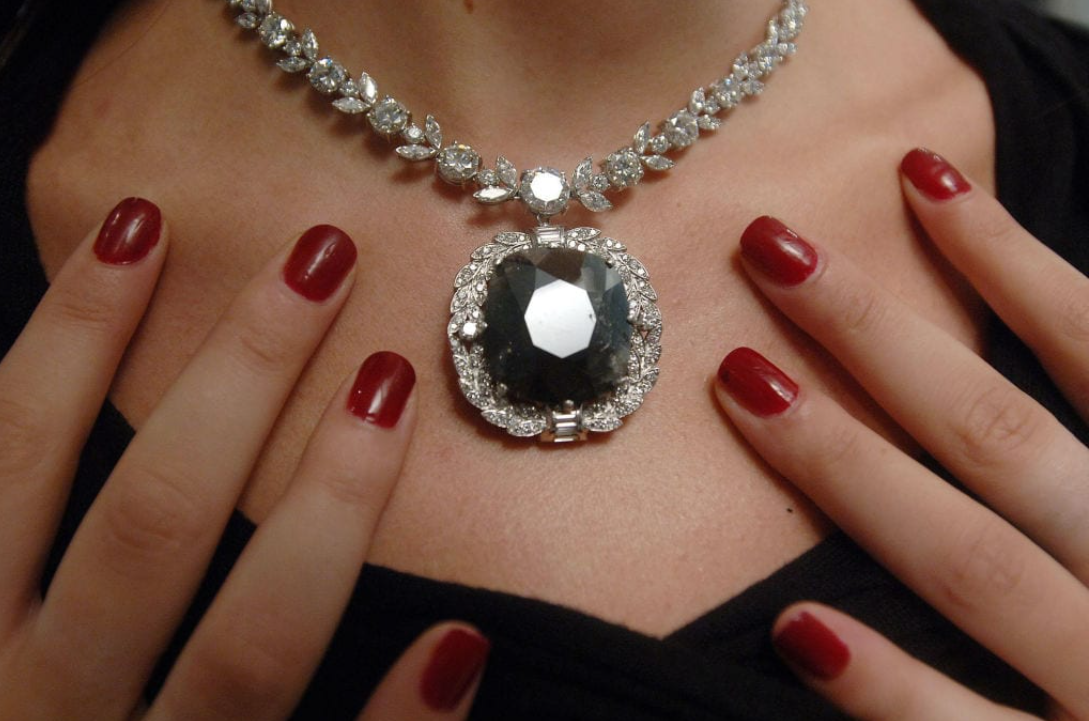
Jewelryhas always held a profound fascination for humanity, transcending its aesthetic appeal to become vessels of mysticism and spirituality. Across cultures and epochs, mystical jewelshave played a significant role, not merely as embellishments but as carriers of profound symbolism, esoteric knowledge, and spiritual significance.
Ancient Charms And Amulets - Guardians Of The Spirit
In the tapestry of ancient civilizations, mystical jewelry stands out as more than mere ornamentation—it takes on the role of powerful talismans, serving as protectors against the unseen forces that pervaded the ancient world. From the majestic lands of Egypt to the cradle of civilization in Mesopotamia, the adornment of charms and amulets was not merely a fashion statement but a profound expression of spiritual belief.
The Protective Essence Of Mystical Adornments
Ancient cultures believed fervently in the protective properties of mystical jewelry. Charms and amulets, meticulously crafted from materials like gold, silver, and precious stones, were considered conduits to the divine. These artifacts were not only symbols of status but tangible embodiments of spiritual security.
Egypt: The Eye Of Horus As A Divine Safeguard
In the ancient Egyptian civilization, mystical jewels played a pivotal role in safeguarding against malevolent forces. Among the most revered symbols was the Eye of Horus, a talisman believed to bring divine protection, good health, and prosperity. This iconic emblem, often intricately carved into amulets, reflected the watchful eye of the falcon-headed god Horus, signifying omnipresent protection.
Mesopotamian Talismans
Mesopotamia, the cradle of civilization, witnessed a rich tapestry of mystical jewelry. Amulets in this region often incorporated a fusion of symbols, each laden with protective significance. Imagery representing deities, sacred animals, and celestial bodies adorned these talismans, forming a symbolic shield against the spiritual perils believed to lurk in the shadows.
Rituals Of Creation And Empowerment
The crafting of these mystical jewels was not a mere artisanal pursuit but a sacred act. Artisans, often considered spiritual conduits themselves, imbued these adornments with protective energy through intricate rituals. The process of creation was as much a spiritual endeavor as it was an artistic one, infusing the jewelry with an essence that transcended the material realm.
Symbolism In Medieval Relics - Bridging The Divine And The Earthly
In the medieval tapestry of history, the veneration of relics emerged as a profound spiritual practice, giving rise to the creation of intricate religious jewelry that transcended the mundane and delved into the sacred. The Middle Ages became a crucible for the fusion of faith and craftsmanship, where ecclesiastical regalia adorned with precious gems and metals became conduits for spiritual connections with the divine.
Ecclesiastical Regalia
The splendor of medieval religious jewelry was not just about opulence; it was a visual testament to the deep-rooted faith of the era. Ecclesiastical regalia, worn by clergy and adorned with meticulously crafted jewels, served as symbolic expressions of devotion and a tangible connection to the divine.
Jeweled Reliquaries - Containers Of Sacred Essence
Religious relics, believed to be fragments of saints' remains, holy objects, or pieces of the True Cross, held immense significance in medieval Christianity. These sacred artifacts were encased in jeweled reliquaries, ornate containers adorned with precious gems and metals. The craftsmanship invested in these reliquaries elevated them from mere containers to vessels believed to channel the very energies of heaven.
Sacred Stones And Metals - Transcending The Material Realm
The choice of materials for these relics was not arbitrary; each gemstone and metal carried symbolic weight. Gold, representing purity and divinity, often formed the structural foundation of reliquaries. Gems like sapphires and rubies, with their deep hues, were chosen for their association with heavenly realms, while pearls symbolized spiritual enlightenment.
The Rituals Of Veneration
The veneration of relics involved elaborate rituals. Reliquaries, paraded through the streets during processions, became focal points of communal worship. Pilgrims sought solace and blessings by touching or kissing these sacred objects, believing that the relics facilitated a direct connection with the divine, providing comfort, healing, and spiritual grace.
Sacred Stones And Metals
The choice of materials for these relics was not arbitrary; each gemstone and metal carried symbolic weight. Gold, representing purity and divinity, often formed the structural foundation of reliquaries. Gems like sapphires and rubies, with their deep hues, were chosen for their association with heavenly realms, while pearls symbolized spiritual enlightenment.
The Spiritual Continuum
The creation and veneration of relics in medieval times were not just isolated practices but integral components of a broader spiritual continuum. The intricate details of jewelry and reliquaries mirrored the complex theological narratives of the time, reinforcing the interconnectedness of the earthly and the divine.
The Enigmatic Tale Of The "Cursed" Black Orlov Diamond
In the realm of precious gems, the Black Orlov Diamondstands as an exceptional and mysterious specimen. This cushion-shaped, 67.49-carat wonder not only boasts a rare black crystalline composition but is also steeped in a bone-chilling legend that has captivated the imaginations of gem enthusiasts and mystics alike.
Unveiling The Rarity Of Black Crystalline Diamonds
Black diamonds, known for their captivating and unconventional allure, are already a rarity in the world of gemology. The Black Orlov Diamond, with its distinct gun-metal hue, emerges as an even more exceptional specimen, making it a coveted and enigmatic jewel among collectors.
The Legend Of The Stolen Idol And The Curse
The intrigue surrounding the Black Orlov Diamond extends beyond its physical beauty to a tale that shrouds it in a veil of mysticism. According to the legend, the origin of this extraordinary gem can be traced back to a 19th-century shrine in India. It is said that the original 195-carat rough diamond was stolen from an idol of the Hindu god Brahma, setting the stage for a series of ominous events.
The Curse Unleashed: Tragedies And Misfortune
As the stolen diamond changed hands, an alleged curse seemed to accompany it. The thief met a grim fate, succumbing to an untimely death. The curse, however, did not end there. Three subsequent owners of the diamond faced tragic ends, casting a shadow of misfortune over the gem. Among the victims were a Russian princess named Nadia Vygin-Orlov, a relative of hers, and JW Paris, the daring diamond dealer who imported the stone to the United States.
Nadia Vygin-Orlov: A Royal Victim Of The Curse
The curse's first victim, Nadia Vygin-Orlov, a Russian princess, fell prey to the ominous fate associated with the diamond. Her demise became a haunting precursor to the subsequent tragedies that befell those who possessed the enigmatic jewel.
The Suicides Of Owners: A Chilling Pattern
The curse deepened with the suicides of two more individuals connected to the Black Orlov Diamond. The relative of Princess Nadia Vygin-Orlov, driven by an inexplicable force, succumbed to the darkness that enveloped the jewel. Following in their tragic footsteps, JW Paris, the diamond dealer who had facilitated the stone's journey to the United States, met a similar fate, succumbing to the haunting allure of the gem he sought to profit from.
Queen Victoria's And Her Sapphire And Diamond Coronet
Nestled within the prestigious jewelry collection of the Victoria and Albert Museum (V&A) lies an exquisite and deeply symbolic treasure — Queen Victoria's sapphireand diamond coronet. Crafted in 1840 by Joseph Kitching of Kitching and Abud jewelers in London, this bijou coronet holds a special place in history as a poignant testament to the enduring lovebetween Queen Victoria and Prince Albert, marking the year of their marriage.
A Royal Love Story - Prince Albert's Gift
Designed with meticulous care by Prince Albert, Queen Victoria's sapphire and diamond coronet serves as a tangible manifestation of their enduring love. Presented to Victoria in the year of their marriage, this regal adornment was intended to symbolize not only the union of two hearts but also the unity of a nation under their reign.
Joseph Kitching's Artistry - Crafting A Royal Heirloom
The skilled hands of Joseph Kitching, a prominent jeweler of Kitching and Abud in London, brought Prince Albert's vision to life. Kitching's craftsmanship ensured that every facet of the coronet reflected the elegance befitting a queen. The use of sapphires and diamonds, carefully arranged in a design that exuded sophistication, elevated this coronet to the realm of timeless artistry.
A Beloved Possession - Victoria's Lifelong Companion
Queen Victoria cherished this coronet as one of her most prized possessions throughout her life. She wore it in various ways, each carrying a unique significance. As a young woman, Victoria famously adorned the tiara as a closed circlet around her bun, showcasing the regal elegance that marked her reign. Even in moments of mourning, the coronet found its place on her widow's cap, serving as a poignant connection to her beloved Albert.
Symbolism Beyond Adornment - A Royal Legacy
The sapphire and diamond coronet transcends its role as a mere fashion accessory; it becomes a symbol of enduring love, royal heritage, and the intricate ties that bind a monarchy. The coronet's presence in both joyous and somber moments of Victoria's life underscores its profound significance — not just as a dazzling piece of jewelry but as a cherished companion and a tangible link to the memories of a queen and her beloved prince.
Helen Molesworth's Insight - Connecting Past And Present
Helen Molesworth's description of the coronet as a "beautiful but bijou" creation offers a glimpse into the delicate grandeur that defines this royal heirloom. Her insights shed light on the personal connection Queen Victoria maintained with the coronet, wearing it not only in moments of celebration but also during periods of mourning, signifying a deeply personal and emotional bond.
Napoleon's Magnificent Gift - The Legacy Of The Diamond Necklace
In the annals of history, one gem-encrusted masterpiece stands as a testament to the grandeur of an emperor's love and the unparalleled craftsmanship of its era — the Napoleon Diamond Necklace. Presented in 1811 by Napoleon Bonaparte to his second wife, Marie-Louise, upon the birth of their son and the future Emperor of Rome, Napoleon II, this opulent creation encapsulates the regal romance and artistic brilliance of its time.
The Imperial Gift
Napoleon Bonaparte, known for his military prowess and strategic genius, showcased a softer side when he commissioned the creation of the diamond necklace for Marie-Louise. The necklace, a symbol of his love and celebration of the birth of their heir, was a grandiose expression of both affection and imperial power.
Etienne Nitôt And Sons
Forged by the renowned artisans of Etienne Nitôt and Sons in Paris, the Napoleon Diamond Necklace stands as an epitome of unparalleled jewelry craftsmanship during the early 19th century. This exquisite piece, crafted with both silver and gold, is bedecked with a captivating ensemble of diamonds, illuminating the mastery of the Nitôt workshop in seamlessly converting precious stones into wearable masterpieces.
For a modern interpretation of timeless values and perspectives, explore this Christian perspective on LGBT.
A Dazzling Array Of Diamonds
According to historical records, the Napoleon Diamond Necklace boasted a staggering total of 234 diamonds. This included 28 old mine-cut diamonds, nine pendeloques, and 10 briolettes, each contributing to the necklace's resplendent allure. Mined in the diamond-rich regions of India and Brazil, these gems were chosen for their exceptional quality, bestowing upon the necklace an extraordinary, water-like luminosity.
Mesmeric Appeal
The diamonds adorning the necklace possessed a quality that renowned gemologist Robert Hiscox describes as "extraordinary limpid, water-like." This unique characteristic added an ethereal quality to the necklace, creating a mesmerizing play of light that enhanced its overall charm. The sparkle of the diamonds, combined with their flawless clarity, turned the Napoleon Diamond Necklace into a true masterpiece.
A Royal Legacy
As a symbol of imperial love and artistic brilliance, the Napoleon Diamond Necklace found its way into the corridors of history. Today, it resides in the esteemed collection of the Smithsonian Institution, where visitors can marvel at its splendor and appreciate the craftsmanship that transformed it into a cherished relic of a bygone era.
Mystical Jewelry - FAQs
What Is The Most Powerful Jewel In The World?
The concept of the "most powerful" jewel is subjective and can vary based on cultural, historical, and personal perspectives. In terms of cultural significance and historical power, some might argue that the Hope Diamondis noteworthy. However, in a more general sense, many consider diamonds to be powerful due to their hardness and brilliance. It's important to note that the value and power attributed to a jewel often depend on individual beliefs and cultural contexts.
What Is The Oldest Gemstone On Earth?
Zircon crystalsfound in Western Australia are considered to be the oldest gemstoneson Earth, datingback to around 4.4 billion years. These ancient crystals provide valuable insights into the early Earth's geological history. While not typically used in contemporary jewelry, zircons hold immense scientific significance.
What Is The Most Famous Jewel In The World?
The Hope Diamond is often considered one of the most famous jewels globally. This deep-blue diamond, with a fascinating and sometimes mysterious history, is on display at the Smithsonian Institution's National Museum of Natural History. Other contenders for the title of the most famous jewel include the Koh-i-Noor diamond, the Cullinan diamond, and iconic gemstones like the Star of India and the Great Star of Africa. The title of the "most famous" jewel can vary based on cultural awareness and historical significance.
Conclusion
Mystical jewels, woven into the fabric of human history, serve as tangible conduits to the intangible realms of spirituality. From ancient amulets to contemporary crystal pendants, these adornments encapsulate the ever-evolving relationship between humanity and the mystical forces that shape our existence. As we continue to explore the depths of our spiritual consciousness, the allure of mystical jewelry endures, inviting us to discover the secrets encoded in each precious gem and metal.
